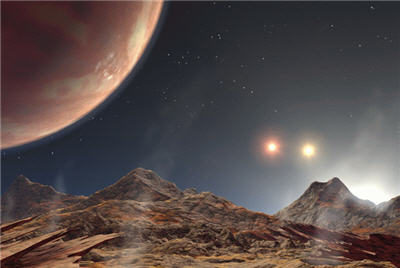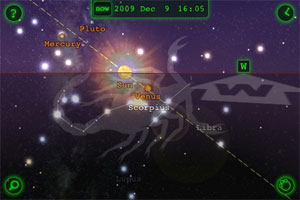I remember, as a kid, being mesmerized by these cheesy old sci-fi paintings of the frozen surface of a moon IX around Tau Ceti 4, or some such thing. Frosty rocks in the foreground, a gas giant looming large above, and maybe a space ship for good measure. I was aware of how speculative these paintings were, but they could still get you to ask the question “What would it be like to be there?”
The Boston Globe’s Big Picture has a new entry on Cassini’s latest adventures around Saturn, and the amazing thing is how much these honest-to-goodness photographs resemble those old sci-fi paintings. For instance:

I half expect to see a busty astronaut in a tight-fitting space suit floating nearby, a disintegrator pistol at her side. If one of those shows up the next set of pictures, man, I will be impressed.
Alan Taylor, the editor of The Big Picture, is a Saturn-o-phile from way back. Here’s a Cassini Flickr set from his pre-Globe days.
In other planetary exploration news, I regret to inform you that your little Mars lander Phoenix did’t make it through the winter. A noble spaceship among the frosty rocks and under pink skies, Phoenix, may you rest in peace.


